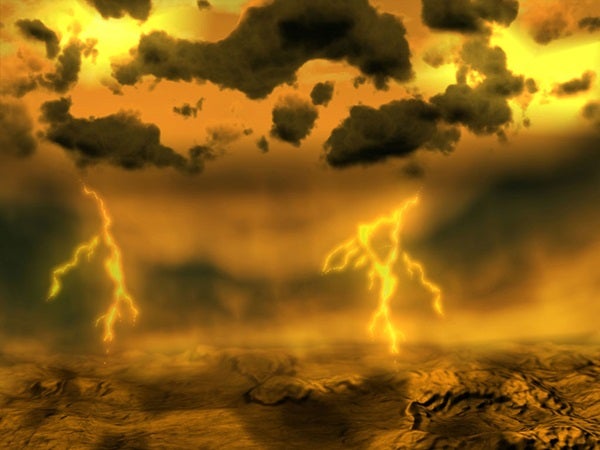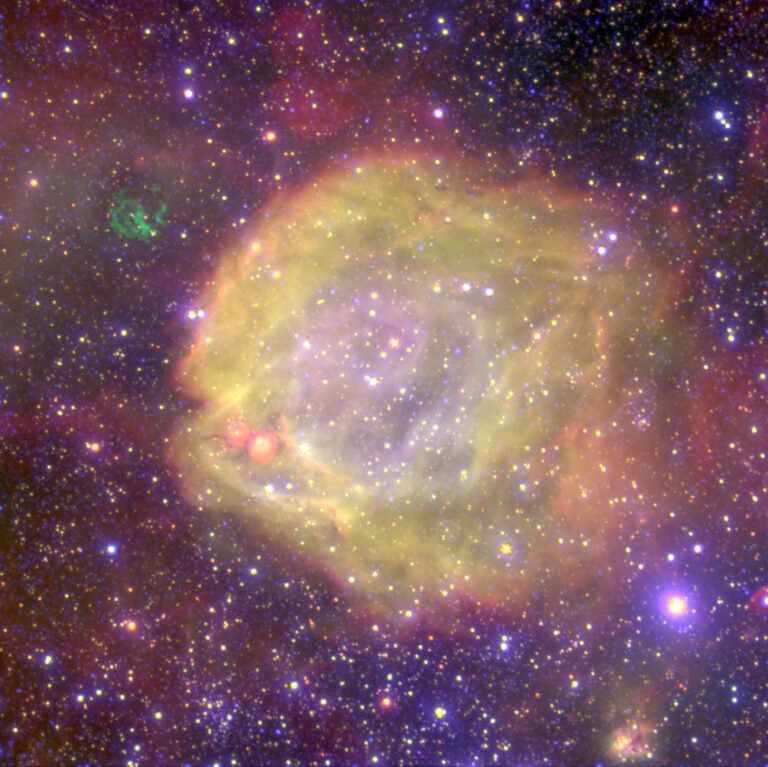“Venus is a fascinating yet horrendously extreme place all at once,” said Sue Smrekar, a scientist at NASA’s Jet Propulsion Laboratory (JPL) in Pasadena, California. “Although the surface is hot enough to melt lead due to its runaway greenhouse atmosphere, in many respects, it is Earth’s twin — size, gravity, and bulk composition.”
Venus is not only nearby, but its orbit also brings it closest to Earth of all the planets, which, along with its bright atmosphere, goes a long way toward making it the third-brightest object in the sky — the Sun and Moon are one and two. Along with Smrekar and many other equally intrigued planetary scientists, you can add to the list of those studying the second planet from the Sun the ancient Babylonians, who noted its wanderings in texts as far back as 1600 BC. And anyone who has ever sweated out a Pythagorean Theorem in school (A2+B2=C2) might find some solace in knowing that Greek mathematician Pythagoras sweated out the orbits of Venus, eventually becoming the first to determine that what had been believed to be unique and separate evening and morning stars — as believed by the ancient Egyptians and Greeks — was actually just one object — Venus.
But for all that these ancient astronomers and their medieval contemporaries — including the Aztecs back in the 1500s — were able to deduce, no human had ever laid eyes on Venus as more than a bright dot in the sky until Galileo Galilei, who in 1610 was the first human to actually see Venus in various kinds of light. With his telescope, Galileo started cranking out venusian discoveries, including how the planet changed its illumination phase just like the Moon as it circles Earth. Galileo’s telescope provided strong evidence that Venus goes around the Sun, and not Earth, as most of his contemporaries believed.
After Galileo, Venus came under even more intense scrutiny, both scientific and fanciful. More than one astronomer theorized it was home to some type of life form. The thick, impenetrable clouds allowed them to imagine tropical environs with steady rainfall and lush vegetation.
With the dawn of robotic space probes, America’s Mariner 2, built by JPL, became history’s first interplanetary traveler when it flew past Venus on December 14, 1962. All told, 45 missions targeting Earth’s twin have been launched by the United States, Russia (former Soviet Union), and Japan. All this probing by astronomers and robotic explorers has found Venus to be replete with 900° Fahrenheit (500° Celsius) temperatures in a carbon-dioxide-rich atmosphere with pressures equivalent to being half a mile below the ocean surface. It is not a particularly hospitable environment.
“If our research tells us anything, it is that while Venus is devoid of life, it should be anything but avoided,” said Smrekar. “Throughout history, Venus has been one of the most studied and speculated-about celestial bodies in our sky, and the same truth will hold well after this transit is over. Venus is a remarkable world with many lessons for us about the climate and interior of Earth and Earth-like planets in other solar systems.”










